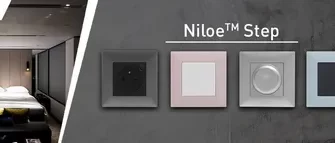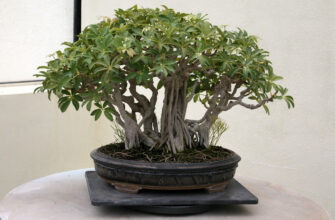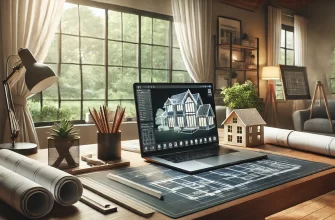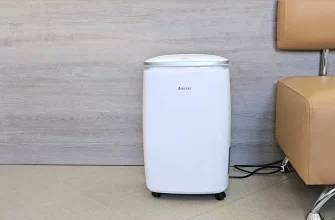Green Building or green building is gaining momentum. Having emerged in the 70s of the last century, the concept of housing construction, industrial buildings and their subsequent operation without harm to the environment are now receiving a new direction. Basic principles of clean construction:
- use of environmentally friendly materials at all stages;
- minimal use of water and energy resources (emphasis on renewable energy);
- maximum waste reduction, which are difficult to recycle.
New buildings use rainwater collection and purification systems for municipal needs., are installed solar panels to reduce dependence on central power supply. 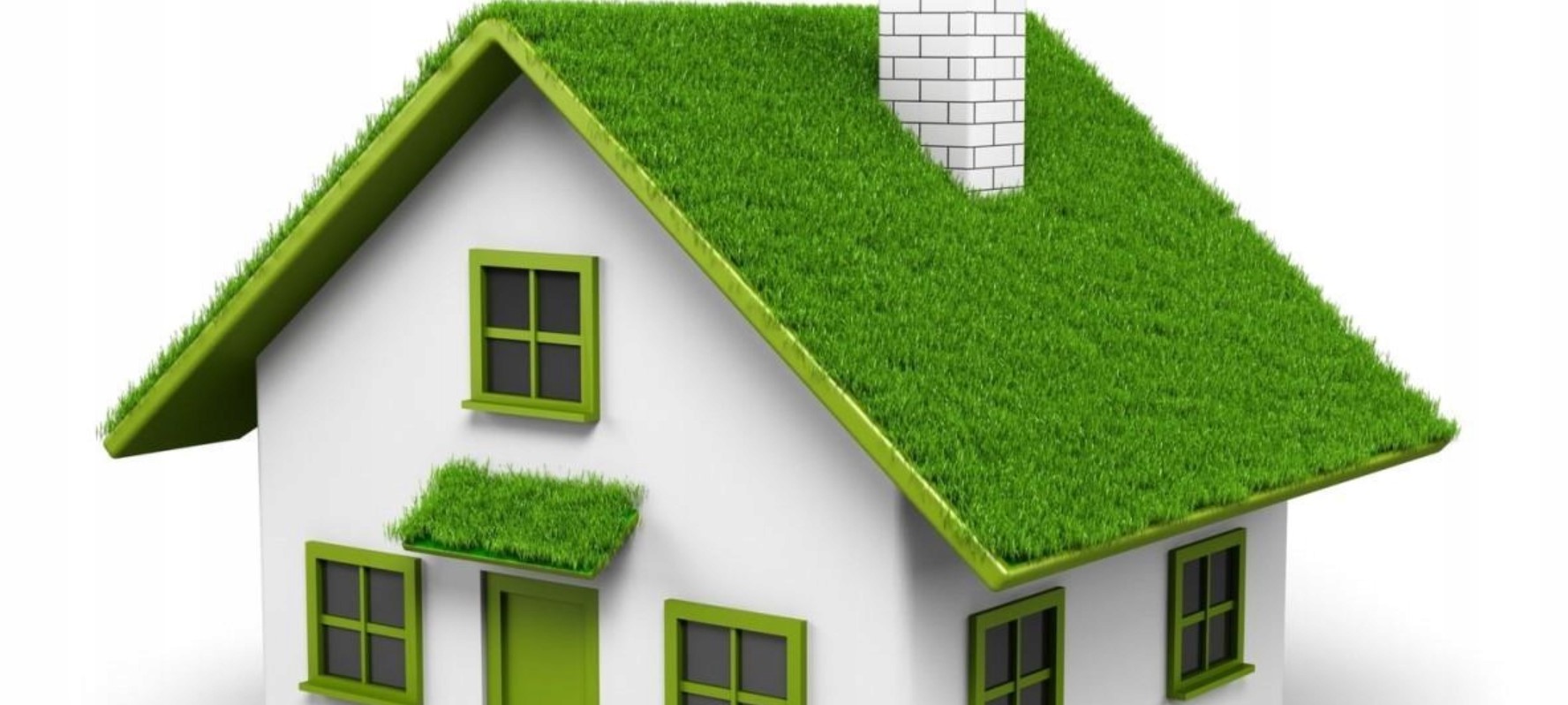
Adhesives based on natural ingredients
Natural-based industrial construction adhesives are adhesives, made from natural raw materials of animal or plant origin, which includes:
- casein;
- rubber;
- starch;
- dextrin, etc..
An important feature of environmentally friendly natural glue remains its manufacturing process., which causes minimal harm to the environment. Synthetic adhesives are obtained by chemical processing of resins. Such production can also be environmentally friendly, but the product will be inferior to the natural one during use.
Recycled insulation
Insulating materials and insulation materials are mostly considered environmentally friendly, because they are made from natural raw materials. The addition of synthetic fillers is due to the fact that, that the material must have the necessary insulating and fire-resistant qualities, do not absorb moisture, prevent the spread of mold.
All insulation materials can be recycled, the most common ones are:
- ecowool (from cellulose);
- basalt wool (without adding slag);
- insulation from flax production waste;
- foam glass.
Biodegradable paints and varnishes
Biodegradable natural paints are made from components that are harmless to humans and in a manner, which does not harm the environment. Unlike natural based paints (with which they are often confused) such products are safe to use and dispose of. Natural varnishes and paints include:
- casein paints;
- silicate, silicone varnishes;
- Punic wax;
- natural decorative plaster.
Based on biodegradable polymers, Depending on the composition, natural dyes are divided into two categories: for wood and mineral (synthetic) surfaces.
Solar collectors for heating and electricity
Installation of solar panels, small wind generators allow you to use a renewable energy source to service your home. Autonomous flat solar collectors designed for heating systems, working under pressure, heating water in boilers and swimming pools.
Small collectors are installed on the roof or facade of a building, easy to connect and maintain. This allows you to not depend on the central power supply, use an energy source that is safe for the environment and humans.
Water management: rainwater collection and recycling
Rainwater collection is relevant for individual households with an adjacent garden or vegetable garden.. The system is also effective in the countryside, where there is a small area for garden crops. Rainwater without additional purification can only be used for watering plants, house cleaning.
In apartment buildings with a centralized water supply, purified and chlorinated water is used in accordance with GOST.
At dachas and private houses, rainwater is collected in tanks, barrels and use for several days. Rainwater should not be stored in open containers., since such water is not cleared of bacteria and microorganisms, their rapid growth begins within a day, the water begins to “bloom”. it is. become covered with a greenish coating and become putrid, spicy smell.
- Collection tanks are covered with mesh, which prevents the ingress of biological impurities.
- Overflow filters are installed on gutters and wells.
- Use preparations without chlorine (pills, liquids, powder) for rainwater purification.
Green building is just the beginning of using your home in an eco-friendly way of life. Reducing water consumption (using dishwashers), electricity (having installed smart switches) not noticeable in the example of one family, but significantly in urban conditions. Such simple solutions help preserve natural resources, clean air and water.

